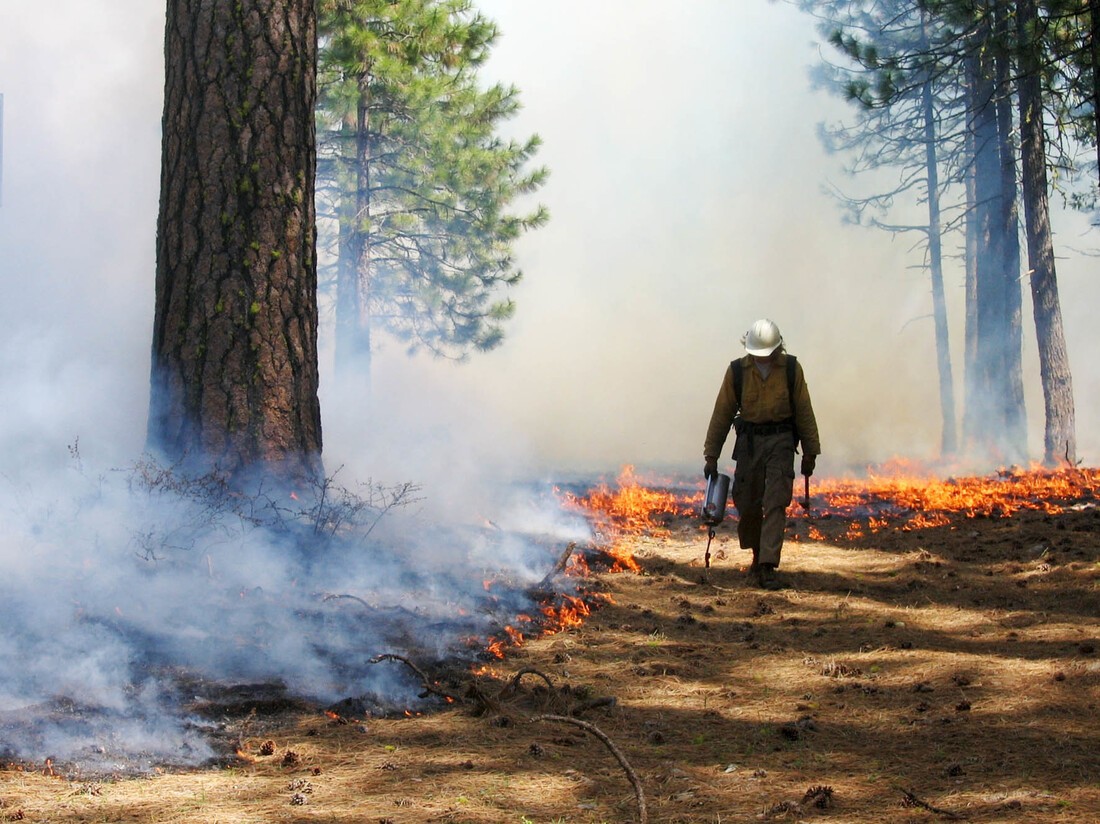
The U.S. Forest Service has recently issued a directive to halt prescribed burns in California "for the foreseeable future." This decision comes at a critical time when controlled burns are typically conducted to reduce wildfire risks. The move has sparked debate among experts about its potential long-term consequences.
The Timing and Implications
The pause in prescribed burns coincides with the fall season, one of two key periods when controlled fires can be safely implemented. Michael Wara, an energy and climate expert at Stanford University, expresses concern that this decision could result in losing half of the prescribed fire season on federal lands.
Wara points out, "There are two times in the year when it's safe to do prescribed fire: in the fall right before the rains come, and in the spring when things are dry enough to burn but not dry enough to burn in a dangerous way."
The Forest Service's Rationale
The Forest Service cites the need to preserve staff and equipment for potential wildfire response as the primary reason for the halt. Adrienne Freeman, Region 5 public information officer, explains, "We're hoping it's a very temporary blip here. We just don't have great climatic conditions right now."
However, this blanket prohibition has raised eyebrows among some observers. Lenya Quinn-Davidson, director of the University of California Ag and Natural Resources Fire Network, notes that other entities, including state agencies, tribes, and prescribed burn associations, are continuing their burning activities.
The Risk-Benefit Analysis
The decision highlights a complex risk-benefit calculation. While the Forest Service aims to mitigate immediate risks, experts argue that this approach may increase long-term fire hazards.
Wara suggests that the agency's risk aversion could be counterproductive: "The reality is, if there are mistakes on prescribed fires, people are likely to face consequences, even when those mistakes turn out to be positive."
He cites the Caples fire of 2019, which began as an escaped prescribed burn but ultimately protected the community of Kirkwood from the Caldor fire in 2021.
The Effectiveness of Prescribed Burns
Recent events have demonstrated the value of controlled burns. In the San Bernardino National Forest, a prescribed burn conducted just five months before the Line Fire helped create a fuel break that slowed the fire's intensity and protected the community of Angelus Oaks.
Looking Ahead
As the debate continues, some advocates call for a reevaluation of how prescribed burns are managed on federal lands. Quinn-Davidson suggests exploring alternatives: "If the Forest Service is consistently not able to do the work, how can we lean on local resources — tribes and prescribed burn associations, for example — to get that work done?"
The Forest Service maintains that it aims to resume burning as soon as feasible. However, the current pause serves as a reminder of the ongoing challenges in balancing immediate fire response capabilities with long-term forest management strategies.